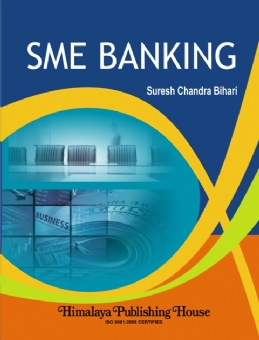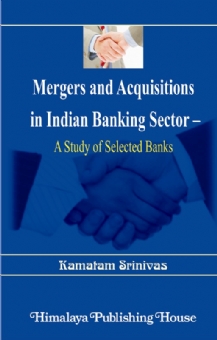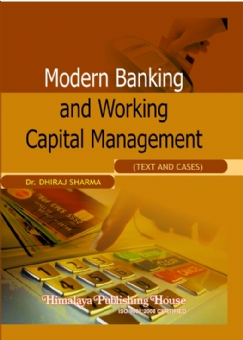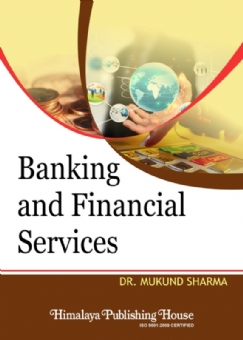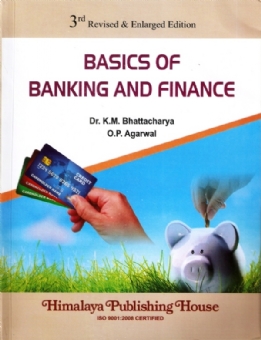The Government of India has enacted the Micro, Small and Medium Enterprises Development (MSMED) Act, 2006 on June 16, 2006 which was notified on October 2, 2006.
With the enactment of MSMED Act 2006, the paradigm shift that has taken place is the inclusion of the services sector in the definition of Micro, Small and Medium enterprises, apart from extending the scope to medium enterprises.
The MSMED Act, 2006 has modified the definition of micro, small and medium enterprises engaged in manufacturing or production and providing or rendering of services. The Reserve Bank has notified the changes to all scheduled commercial banks. Further, the definition, as per the Act, has been adopted for purposes of bank credits vide RBI Circular Ref. RPCD.PLNFS. BC.No. 63/06.02.31/2006-07 dated April 4, 2007.
Small and Medium Enterprises (SME) sector in India is the key driver of the nation’s economic growth with a contribution of over 40% to the country’s industrial output and around 35% to direct exports. It accounts for over 90% of the industrial units in the country. In terms of employment, this sector plays a very crucial role, being the second largest employer after agriculture. The impressive performance has been in spite of the inadequacies in capital, technology and marketing.
The Industries Development and Regulation Act, 1951, defines SMEs according to limits in Investment in Plant andMachinery. The small-scale sector, in India, comprises of the abstractness in defining a SME presents difficulty in identifying them, formulate and implement suitable policies for them. The limit on investment in Plant and Machinery and a plethora of laws governing (58 laws in 7 different categories) them, some of the SSIs seek refuge in remaining small inspite of opportunities to grow. The small size, opacity of the firms and their lack of awareness have bred the following hindrances to their growth:
1. Under utilization of capacities.
2. Inadequate and untimely credit flows.
3. Inability in technology upgradation.
4. Inefficient raw material procurement.
5. Inability to market finished goods.
6. Ineffective monitoring and feedback mechanism.
Small businesses today are being variously described as the backbone of the industrial economy or as the drivers of the economy or even as the engine of the growth for industry. Though individually small, collectively the small sector has emerged as a dominant player in most economies, be they developing or developed. Performance of the small sector therefore, has a direct multiplayer impact upon the growth of the national economy. The sector has been consolidating over the years. What is new is the articulation and recognition of this process and its pump priming role.
Contents –
1. Introduction
2. Products Offered and their Process Mapping
3. Why Banks are Not Interested in Financing SME?
4. Interaction with SME Clients
5. Micro, Small and Medium Enterprises (MSME)
6. Risk Management in SME with Special Context to CGFT
7. One Approach to Risk Management in SMEs Banking
8. Conclusion and Recommendations
RBI Guidelines on Priority Sector Lending

